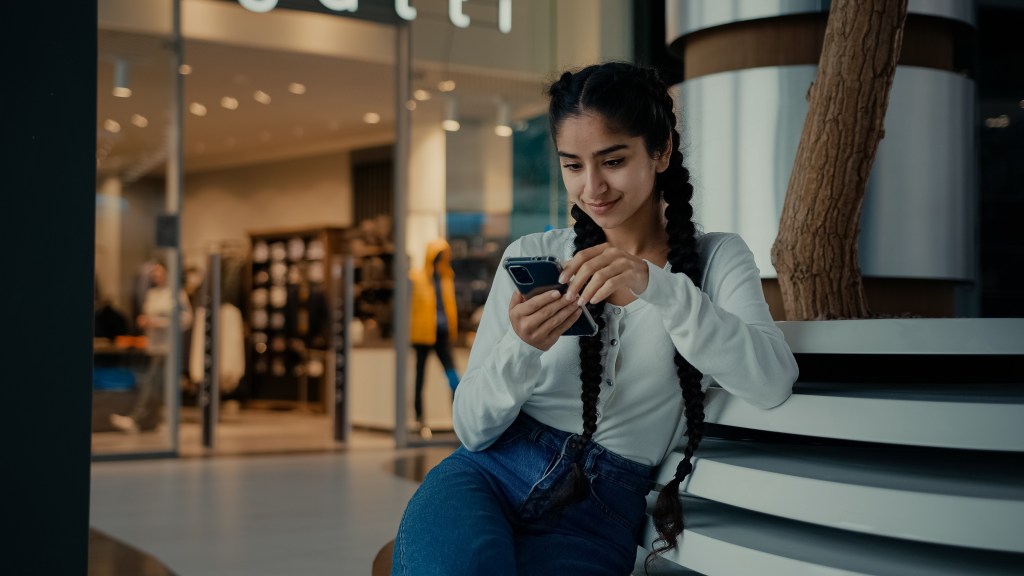Despite a surge in digital ad spend, Contentsquare’s 2024 benchmark report reveals a decrease in website traffic and conversions, highlighting a growing gap in mobile web optimization. However, steady engagement and higher conversion rates in mobile apps offer a silver lining.
Contentsquare’s report revealed a drop in website traffic, consumption and conversions — even as digital advertising expenditures are poised to surpass $740 billion this year. The report also showed progress on the mobile app front.
“While fixing frustration remains an utmost priority across industries, efforts to optimize mobile app performance are paying off, with apps recording steady customer engagement in 2023 (14 pages viewed per session up from 13.8 the previous year) and a conversion rate of 5.6 percent — three-times the conversion rate of mobile web traffic,” the report’s authors said, adding that mobile app users are spending 64 percent more time in-app than visitors spend on mobile sites.
The research also showed that despite mobile driving 70 percent of website traffic, “browsing time on mobile web is 60 percent shorter than on desktop,” Contentsquare said, adding that these “’micro-visits’ contribute to a decline in conversion rates, highlighting the gap between consumer expectations and current mobile web optimization practices.”
Overall, the report found that 55 percent of all sites experienced lower traffic while 58 percent had a consumption drop and 5.5 had a decrease in conversion. Contentsquare also said that 40 percent “of all site visits included avoidable friction, including slow page loads and rage clicks.”
Jean-Christophe Pitié, chief marketing and partnerships officer at Contentsquare, said with a drop in global web traffic this year and the cost per visit rising almost 10 percent, it is critical to make every website visit count.
“We know from our previous consumer research that shoppers are leaving sites as a result of frustrations that could be easily resolved, such as slow page loads and rage clicks,” Pitié said. “Mobile, in particular, is the new competitive battlefield. We’ve seen gains in terms of engagement for apps this year, but mobile optimization as a whole is not as mature as it could be given the intelligence, we have today on customer behaviors and preferences.”
But there are strategies and solutions to these issues.
Dimitri Arts, vice president of digital commerce for EMEA at Ralph Lauren, said the secret sauce to conversion “is mainly to look first at all these people who do not convert.”
“Most fashion retailers or brands won’t exceed the 3 percent CVR so what are these 97 out of a 100 looking for on your platform,” Arts said. “Why are they leaving, where are they coming from and where do they exit? Again, use your quantitative data combined with your more qualitive voice of the customer insights to properly plan and strategize your optimization journey. For me it’s less about a certain KPI but mainly about continuously understanding how your traffic mix is influencing your performance. For growing businesses, your traffic will always outpace and overshadow your conversion performance.”
Arts said Ralph Lauren “mainly looked at the frustration factors and compared them to what we experience. It’s comforting to see that most retailers in the Benchmark Report share similar challenges.”
“Site speed or slow page loads are ongoing topics of attention that we aim to tackle head-first, although it remains difficult to properly grasp what the impact is on all the improvements and optimization we make over a year’s time,” Arts said, adding that traffic mix, content and campaigns, and seasonality “all interfere with getting to a clear outcome.”

